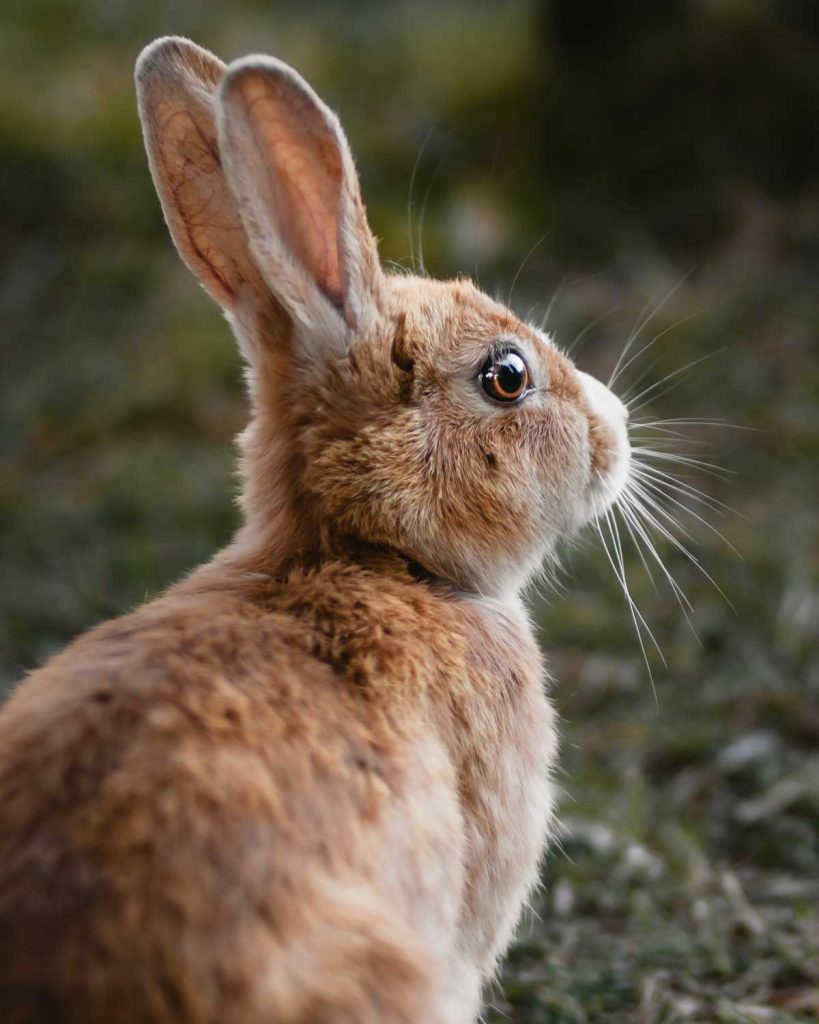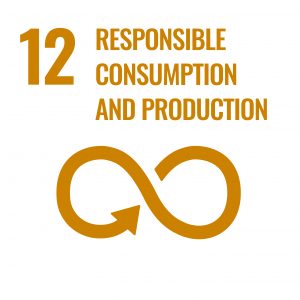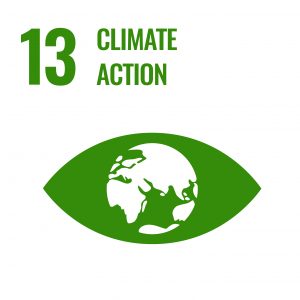Andrew Linzey and Clair Linzey direct the Oxford Centre for Animal Ethics. They are also the authors of An Ethical Critique of Fur Factory Farming, in this post they share just a few of the true environmental and human costs of fur factory farming.
Fashion often asks us to look the other way. Sometimes we do, sometimes we choose not to. Twenty years ago, it became illegal to operate as a fur farm in the UK. However, it remains legal to import fur.
Almost all fur comes from fur factory farms. It is estimated that around 100 million animals are killed by the fur industry each year. It is hard to be exact, as many countries only count the pelts produced not the number of animals killed, and some countries do not keep count at all. Animals are kept in rows of barren wire cages in open-sided sheds. A typical cage for a fox measures just 0.8 metres squares or two and a half feet squared.

What is the environmental impact of fur farming?
It is not just the sentient animals that are affected by the choice to support the fur industry. Fur has a huge environmental impact, far worse than faux fur. Scientific studies indicate that fur farming contaminates the water supplies in the area surrounding the farms. While all textile production has an environmental impact, fur farming is one of the worst.
‘ A 2011 Delft report concluded that the environmental impact of mink fur was two to twenty-eight times higher than other common textiles.
– An Ethical Critique of Fur Factory Farming
Moreover, studies have found that the process of treating the fur to make it a wearable textile, involves exposing humans to toxic chemicals with long term health implications.
Fur farming and human health
Fur farming also has a large impact on human public health as demonstrated by the recent pandemic. Fur farms were some of the worst affected by the COVID-19 pandemic, as the animals are kept in such close conditions, that the virus spread easily from one animal to another. The worst COVID-19 outbreak hit mink farms in Denmark, which suspended mink fur farming until 2022, and embarked on a massive programme of “culling” (killing) fur farmed mink. The decision was taken to kill 17 million mink as more than one in five farms were revealed to have been infected. Many other countries also saw COVID-19 spread in their fur farms including the US, and nine other EU member states.
Although the fur industry has been impacted by the resulting legislation banning fur production and sales in some parts of the world, there are still millions in cages. By choosing not to buy fur, consumers can choose not to support this inhumane industry. Although fur farming is banned in Britain, we can help end the fur trade, by encouraging law makers to end the import of fur.
Make the label count
Ecoage Founder Livia Firth gave an impassioned speech about ‘making the label count‘, sadly clothing labels are being used as way to facilitate greenwashing, based on misinformation. The same is happening in the fur fashion industry too.
‘We can make the label count. but only if we base the underpinning methodology on science on real fact-based evidence.’
– Livia Firth
Labels such as “Welfur” and “Furmark” are tools used by the fur industry to suggest that the animals killed for their fur live a good life beforehand. The reality is sadly far from a good life. On the contrary, the fur factory farm system is inherently inhumane. It causes suffering either mental or physical, or both. Welfur, the best welfare standard the industry provides, does not prevent the infliction of major harms on animals, such as unhealed injuries, half tails missing, and severely bent feet.
After a life spent entirely in close confinement, unable to exercise their natural behaviours, they are inhumanely killed. Most killing in fur farms is done by electrocution, gassing, neck breaking, or poison. Once recent study of fur farming in China found foxes were being electrocuted, beaten and skinned alive.
Is wearing fur ethical?
In ethical terms, to show that something is necessary requires more than a simple appeal to what is fashionable, or even desirable. Human wants do not by themselves constitute moral necessity. Some ethicists hold that deliberately causing animals suffering is intrinsically wrong. Others hold that the goods procured must be essential and that no alternative means are available. Some also hold that because humans are capable of knowing right and wrong, we should not be the kind of people to cause animal suffering. Viewed from each of these perspectives it can be seen immediately that fur farming fails basic moral tests. The wearing of fur, while conceivably pleasant, fashionable, or even desirable, cannot reasonably be defined as essential.
Image by Tolga Ahmetler




